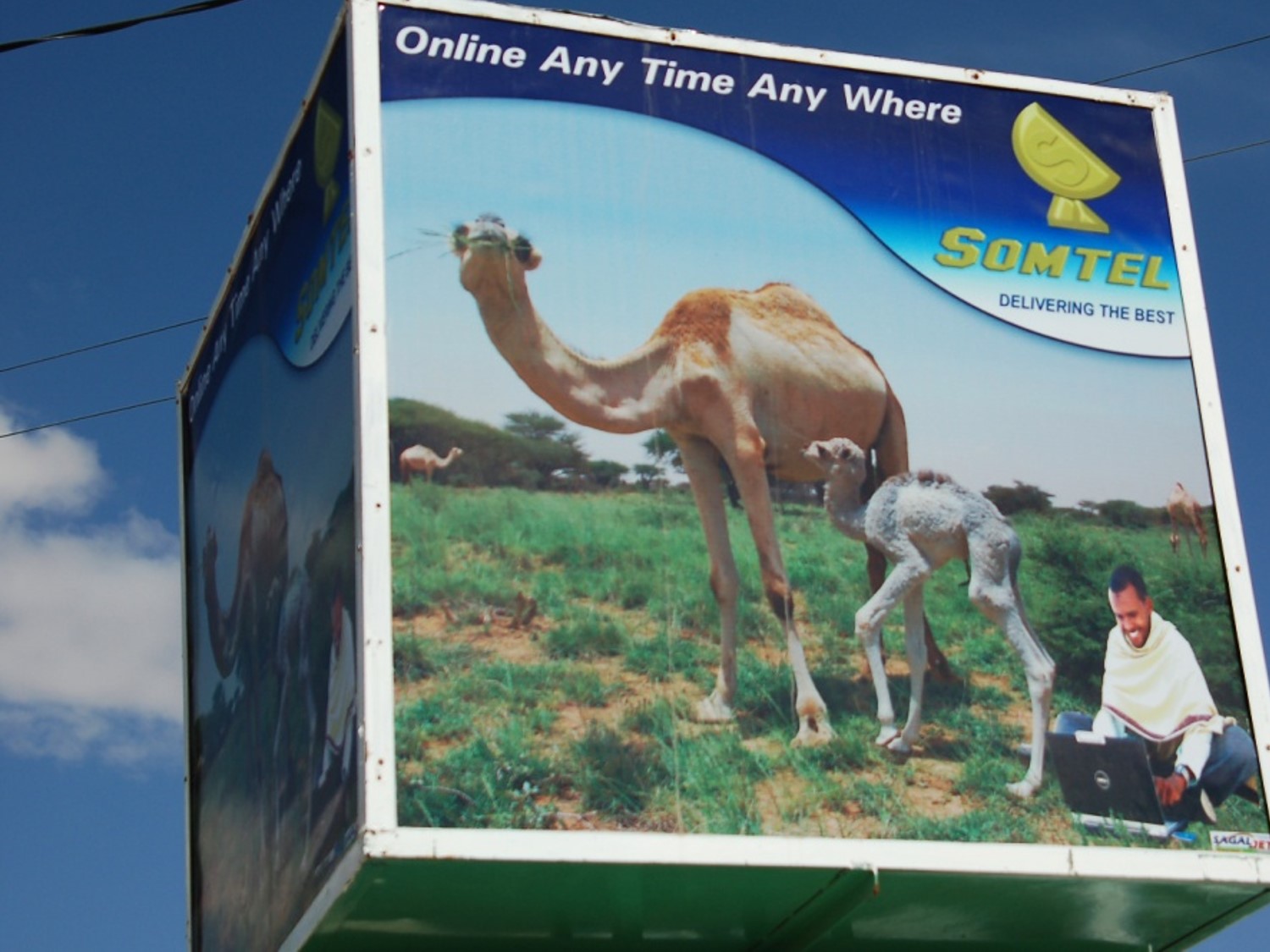Recently, I took part in an Economist Intelligence Unit podcast on ‘global digital cultures’ with Kathy Sheehan, SVP of Cassandra market research, and Ravi Govada, head of global market research at hospitality start-up Selina. We discussed how trends are shaped and shared in the digital age, and the possibility that a shared transnational youth culture is emerging across different platforms. Being a researcher focused on the impact of the internet and social media on politics, culture, conflict and development the Horn of Africa, it was an unusual experience for me to be in conversation with US-based market research professionals like Kathy or hospitality entrepreneurs like Ravi. For the latter, it quickly became clear that we might end up talking about very different types of ‘digital nomad’: Ravi focusing on young, western, affluent, professionals looking for opportunities for flexible work and leisure; and me considering people like nomadic pastoralists in the Horn of Africa and the different ways they use and innovate with digital technologies.
Despite these very different points of reference, we found common ground and discussed reasons why businesses in the ‘global north’ might want to pay attention to changing digital cultures in the ‘global south’. Social media and digital tech are increasingly central to people’s lives across the African continent. Crucially, people in these contexts aren’t just passive recipients or consumers of ICT from the West or East Asia, but are often innovating with technologies to meet particular local needs and demands. In East Africa, the pioneering of efficient, effective and secure mobile money systems has revolutionised how people across society save, spend and access credit. Nairobi, the Kenyan capital, has long nurtured important tech hubs, while the Somali Horn of Africa has recently seen the emergence of similar incubators for digital innovation. Often driven by diaspora involvement and investment, digital innovation here meets commercial demands for app-based services in booming and increasingly connected cities, while also leveraging crowd-sourced data to address some of the development and humanitarian concerns that outsiders might more commonly associate with the region.
Despite important class and rural/urban digital divides, internet access is increasing rapidly through regions such as the Somali Horn of Africa. Given these upward trends in connectivity across the African continent, does this make for a homogenisation of ‘global’ youth cultures?
Although we shouldn’t forget longer histories of transnational connection that predate the internet era, social media are increasingly becoming the channels through which young people engage with the world and consume global content. The Somali diaspora plays an important role here, but their influence isn’t one-way or necessarily straightforward: in the region some may feel that ‘returnees’ bring back ‘westernised’ and ‘secular’ tastes, while others instead see increasing religious conservativism as being a foreign import. New media technologies also allow for greater cultural exchange between different parts of the non-western world. The influence of the Arab or wider Muslim world is significant here, both in terms of contemporary geopolitics, as well as ‘soft power’. International pop culture consumption (e.g. the popularity of Turkish soap operas) isn’t necessarily tied to the internet: Somalia’s enduring ‘love affair’ with Bollywood cinema goes back much further and owes much to earlier developments in satellite TV networks. The fact that so much Somali-language media is produced from networks based outside the region (private satellite TV stations, the BBC Somali Service etc.) means that content can be increasingly globalised without losing its self-proclaimed ‘Somali’ character: Somali audiences are global.
In the podcast I spoke about how social media is also giving people opportunities to speak back to dominant mainstream representations of the region. Local Instagram stars, for instance, challenge negative portrayals of places like Mogadishu with content highlighting the resilient beauty of the city and economic change. In Kenya, the 2015 #SomeoneTellCNN hashtag forced that network to apologise for insensitive and misleading coverage that described the country as a ‘hotbed of terror’. For those interested in promoting brands and exploring new markets, then this could be the feature of social media on the continent of most importance.
Looking out from East Africa it’s difficult to see an increased homogenisation of global culture: social realities and digital ecosystems are much too messy and complicated for that. But at certain moments, certain groups are finding the opportunities to speak to global audiences and influence the tone of conversations about the region or continent. New media platforms are central here, and it’s no coincidence that the New York Times’ first East African correspondent who actually hails from the region, is – at heart – a tech-focused journalist (I’ve already linked to some of Abdilatif Dahir’s work above).
For anyone interested in understanding global youth cultures online, then an appreciation of some of the complexities brought by rapid expansions in internet connectivity on the continent is unavoidable. And let’s not forget that there are many types of digital nomad out there.
Pete Chonka is a Lecturer in Global Digital Cultures in the Department of Digital Humanities. Find him on Twitter at @PeteChonka. His academic publications (on new media in the Horn of Africa) are available here.
Photo: Pete Chonka (2010) – a local telecom company advert in Hargeisa, Somaliland.

